The Permit is a common species of fish in the taxonomic genus Trachinotus which contains all pompano species. Researchers place this and other pompanos in the Carangidae family. Other members of the family include the jacks, lookdowns, amberjacks, trevallies, and more. Read on to learn about the Permit.
Description of the Permit
This species looks quite similar to other pompano species. Their bodies have a narrow and tall shape and a forked tail. They have silvery coloration on their scales, and dark or black markings on their fins. It reaches the largest size of any of the pompano species.
The largest individuals can reach up to four feet long. However, most do not reach quite this size, but three feet long is not uncommon.
Interesting Facts About the Permit
These fish have a number of interesting traits and adaptations. Learn more about what makes this species unique, below.
- Sport Fish – People often target this species in the sportfishing industry because they reach impressively large sizes. People most specifically fish for this species in Belize and Florida. Despite this activity, the IUCN lists the species as Least Concern.
- USS Permit – Their popularity as a sport fish has brought this species to a relatively well-known status. In fact, the United States Navy has even named two submarines after these fish.
- Falcatus – Researchers have dubbed this species with the scientific name Trachinotus falcatus. The species name falcatus roughly translates to “armed with scythes,” and refers to the moderately long and curved dorsal and anal fins on the species.
Habitat of the Permit
This species utilizes several different types of habitats. They live primarily in coastal regions close to shore. Younger fish often live close to beaches in the surf zone, while older fish range through a variety of habitats. You can find them in the surf zone, channels, offshore regions, estuaries, mud flats, and more.
Distribution of the Permit
This species lives across a large expanse in the western Atlantic Ocean. It ranges from the coast of the northeast United States down and around Florida into the Gulf of Mexico. You can also find this species throughout the coasts in the Caribbean, as well as along the coast of Central America and South America.
Diet of the Permit
This species has carnivorous feeding habits. Its diet varies based on its age and size. Younger, smaller fish tend to feed primarily on small invertebrates, such as plankton, shrimp, fish larvae, copepods, and more. Adults hunt for clams, snails, small fish, crabs, worms, and more.
Permit and Human Interaction
People target this species while fishing, particularly in sportfishing. Both this species and the related Florida pompano have popularity in the recreational fishing industry, but this species grows much larger than the Florida pompano.
Though fishing has caused some regional population decline, the IUCN lists the species as Least Concern.
Domestication
Humans have not domesticated this species in any way.
Does the Permit Make a Good Pet
No, you wouldn’t want to keep this fish as a pet. People do not generally keep them in home aquariums.
Permit Care
Some aquariums keep this species, particularly in the southern United States where people commonly fish for them. They house the fish in small schools, and house them in exceptionally large tanks with plenty of space for this large fish to forage and exercise. Aquarists feed them a variety of small fish, clams, shellfish, shrimp, and more.
Behavior of the Permit
These fish live in small groups known as schools. They often spend their time swimming over sandy or muddy substrates in search of bottom-dwelling prey. During the breeding season, multiple small schools move into offshore waters to spawn. These congregations can reach incredibly large numbers.
Reproduction of the Permit
These fish reproduce via spawning, where the female releases her eggs and the male fertilizes them outside of the body. Populations in different regions breed at different times, and these fish frequently spawn more than once in a single year.
The eggs and larva float freely in the water column for a period of time as they grow. As they reach their juvenile stage, they settle into the sandy beaches near the surf zone. They reach sexual maturity when they are about three years of age.

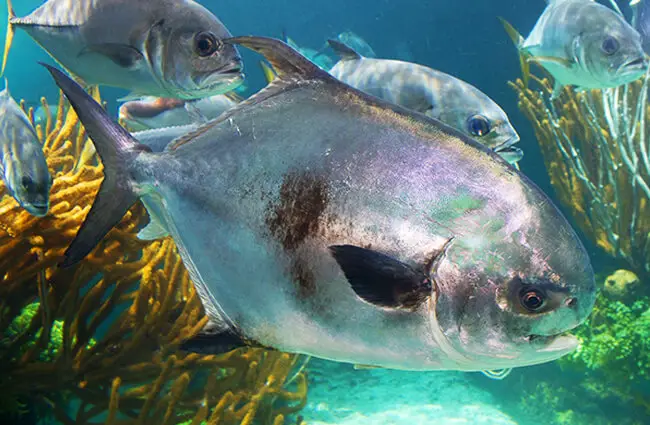

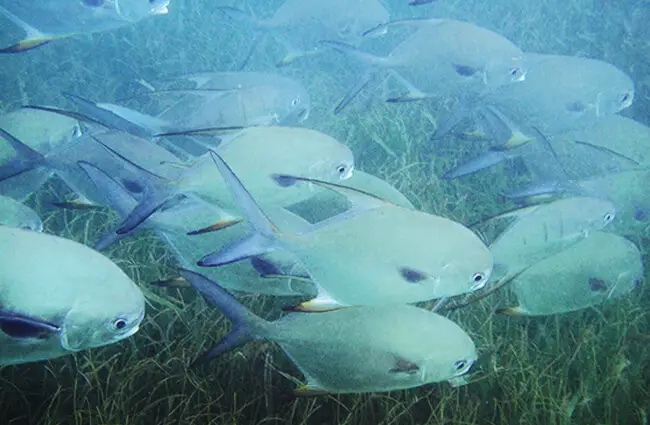
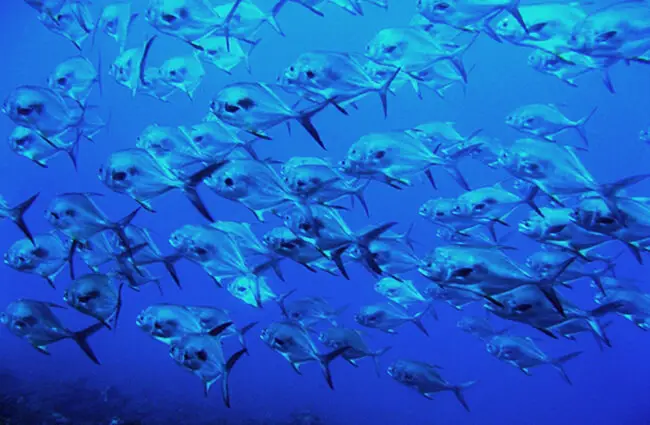
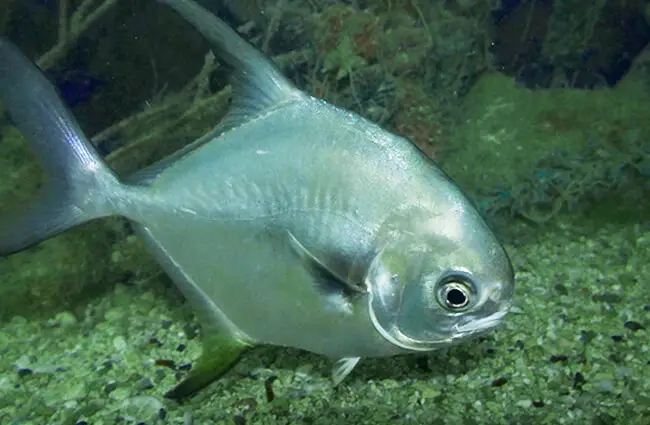
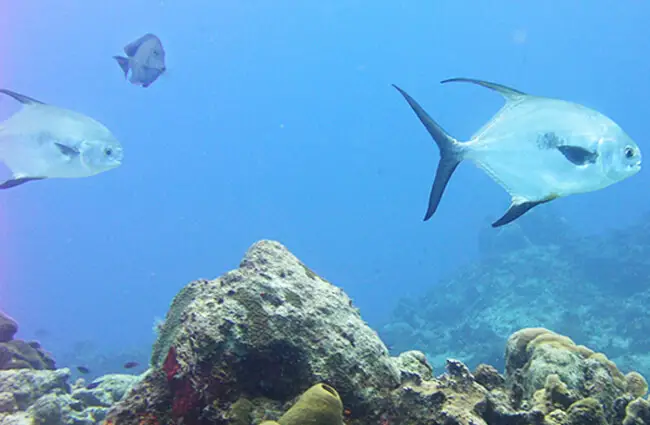
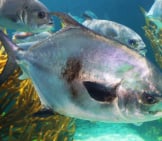
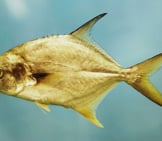
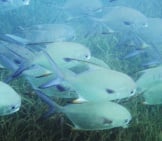

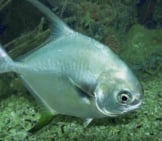

![Red Angus Closeup of a beautiful Red Angus cowPhoto by: U.S. Department of Agriculture [pubic domain]https://creativecommons.org/licenses/by/2.0/](https://animals.net/wp-content/uploads/2020/03/Red-Angus-4-238x178.jpg)












![Red Angus Closeup of a beautiful Red Angus cowPhoto by: U.S. Department of Agriculture [pubic domain]https://creativecommons.org/licenses/by/2.0/](https://animals.net/wp-content/uploads/2020/03/Red-Angus-4-100x75.jpg)

